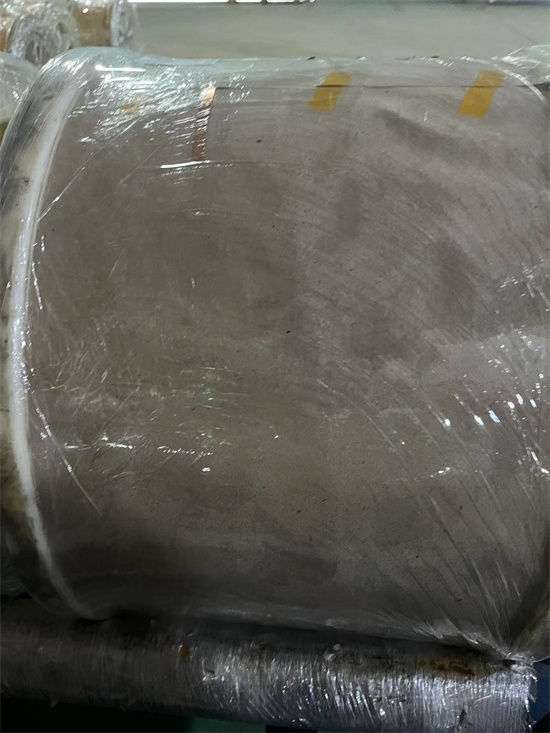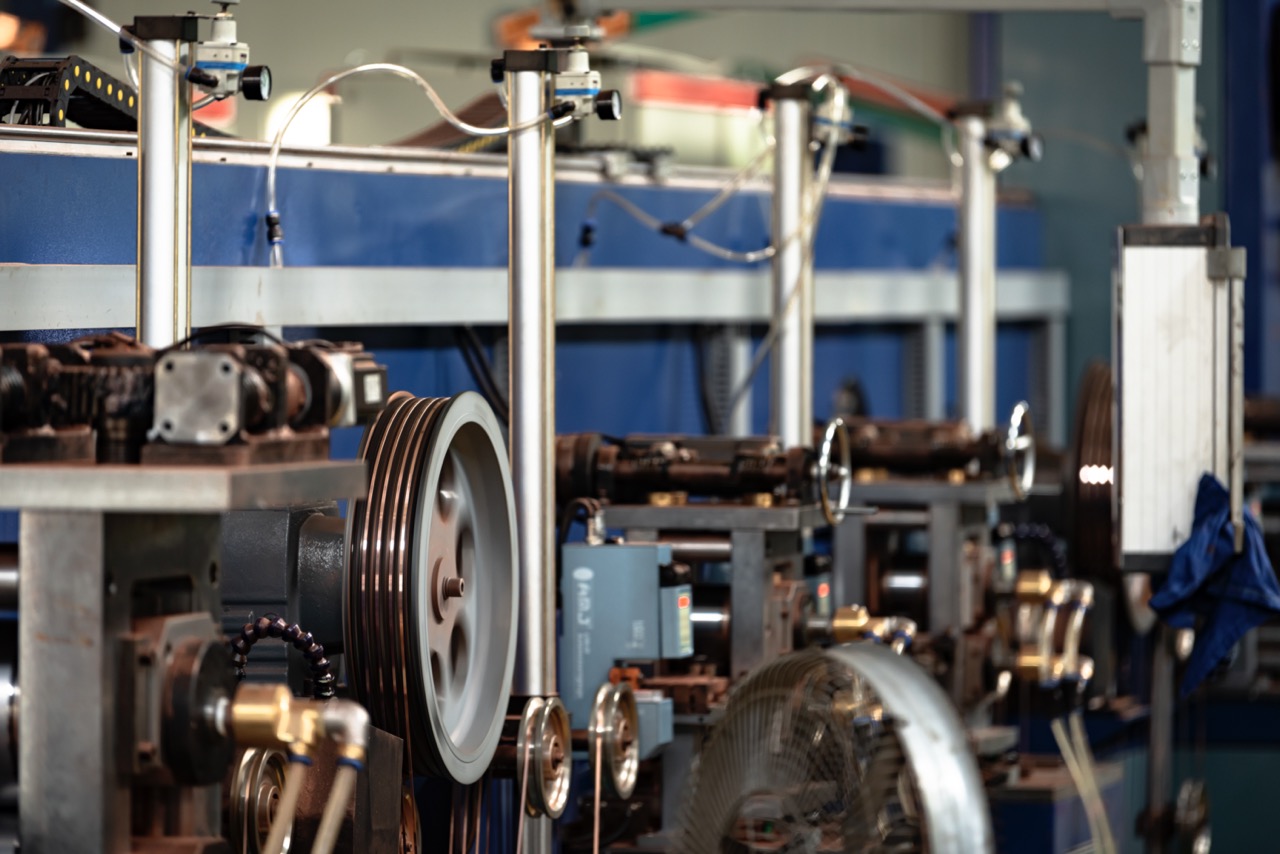After the copper clad aluminum wire is rolled, the correct packaging method is essential to ensure that the product maintains good quality and performance during storage and transportation. The packaging should not only protect the wire from mechanical damage, oxidation and moisture, but also ensure that it is easy to store and transport. The following are some technical requirements and precautions for packaging copper clad aluminum wire after rolling:
1. Packaging material selection
- Moisture-proof packaging:The copper layer of copper clad aluminum wire is easily affected by moisture and oxidized, so it must be usedMoisture-proof materialsFor packaging. Common moisture-proof packaging materials include:
- Aluminum Foil Bag: It has good moisture-proof performance and can effectively prevent moisture intrusion.
- Plastic packaging bags: Use high-quality polyethylene (PE) or polypropylene (PP) bags, preferably with a moisture-proof agent (such as silica gel packs or desiccant).
- Waterproof coating:Some products also useWaterproof coatingOr coated paper to wrap the wire to enhance its waterproof ability.
- Strength Packaging: Considering that copper-clad aluminum wire may be subjected to greater tension or pressure, the strength of the packaging material should be selected:
- Carton or wooden box: Used to fix the copper clad aluminum wire in the box to prevent it from loosening during transportation.
- Fiber barrel/plastic roll: For longerCopper clad aluminum wire(For example, winding wire), you can use a container such as a fiber drum or plastic reel to hold it.
- Bubble wrap or foam packaging: Used to wrap wires to reduce damage caused by collision or vibration.
2. Precautions during packaging
- Wire winding is neat:Copper clad aluminum wire is usually packaged in the form of coils. Before packaging, make sure that the copper clad aluminum wire is neatly coiled without looseness, disorder or indentation to avoid irregular shapes or being pulled during transportation. The diameter of the coiled wire should be uniform and without obvious twisting.
- Prevent stretching or bending: When packaging copper-clad aluminum wire, avoid excessive stretching or bending, especially when storing for a long time. In order to prevent the shape of the copper-clad aluminum wire from changing or the copper layer from being damaged, appropriate tension should be maintained during packaging to prevent the wire from being deformed due to external pressure.
- Clear markings: The copper clad aluminum wire after packaging should be marked with important information, such asProduct model, specification, production date, batch number, quantityEtc. These labels are helpful for warehouse management, subsequent production use and product traceability.
- Anti-oxidation treatment: During the packaging process, it is best to take anti-oxidation measures, such as:
- useAnti-oxidation paperorAnti-oxidation filmWrap the copper layer to prevent it from coming into direct contact with oxygen in the air.
- useNitrogen protectionorVacuum packaging, especially for copper clad aluminum wire stored for a long time.

3. Packaging specifications and dimensions
- Packing Specifications:The size and weight of the package are determined according to the specifications and uses of the copper-clad aluminum wire. For example, for copper-clad aluminum wires of different wire diameters and lengths, the packaging form and size should be adapted to ensure the convenience and safety of the packaging.
- Roll length and weight:The length and weight of each roll of copper clad aluminum wire after winding need to be set according to the customer's requirements or the actual needs of the product. Generally, the weight of each roll should be moderate for easy handling and transportation.
- Bundling method: To ensure the stability of the package, you can use steel straps, plastic straps, paper straps, etc. to bundle the package. The tightness of the strapping tape should be moderate to avoid excessive pressure on the copper-clad aluminum wire.
4. Transportation and storage requirements
- Temperature and humidity control: The packaged copper-clad aluminum wire should be stored in a dry, cool, ventilated place, avoiding direct sunlight and high temperature environment. If it needs to be stored for a long time, try to ensure that the temperature and humidity in the warehouse are stable to prevent moisture from having adverse effects on the copper layer.
- Shockproof and protection: During transportation, avoid severe vibration or collision of copper-clad aluminum wire.Foam board, bubble filmWrap the copper clad aluminum wire with anti-vibration materials to reduce the risk of vibration damage. For long-distance transportation, especially by sea or air, it is necessary to consider using dedicated shipping containers.
5. Special requirements
- Small batch orders:For small batch orders or customized products, the packaging should be more refined. Considering the precision and particularity of the product, higher standard packaging materials can be selected to ensure that the product is not damaged during transportation.
- Dangerous goods labeling: If the copper-clad aluminum wire has a special chemical composition (such as tin plating, silver plating, etc.), or contains certain substances that may be harmful to the environment or human body, the relevant hazard signs should be clearly marked on the packaging.
6. Summary of packaging types
- Carton packaging: Suitable for standard size copper clad aluminum wire, commonly used for domestic transportation.
- Fiber drum or plastic roll packaging:Suitable for long-term storage of copper-clad aluminum wire in large coils, suitable for overseas transportation.
- Vacuum bag or moisture-proof bag packaging: Suitable for long term storage or transport to humid areas.
- Shockproof packaging:Suitable for high-precision copper-clad aluminum wire to prevent impact damage during transportation.
Summarize:
After copper clad aluminum wire is rolled, correct packaging is crucial. The packaging material needs to be moisture-proof, anti-oxidation, and anti-mechanical damage, and should ensure that the wire is neat and intact during the packaging process. The packaging specifications and transportation requirements should also be adjusted according to actual conditions to ensure that the copper clad aluminum wire can maintain excellent quality during storage and transportation.
